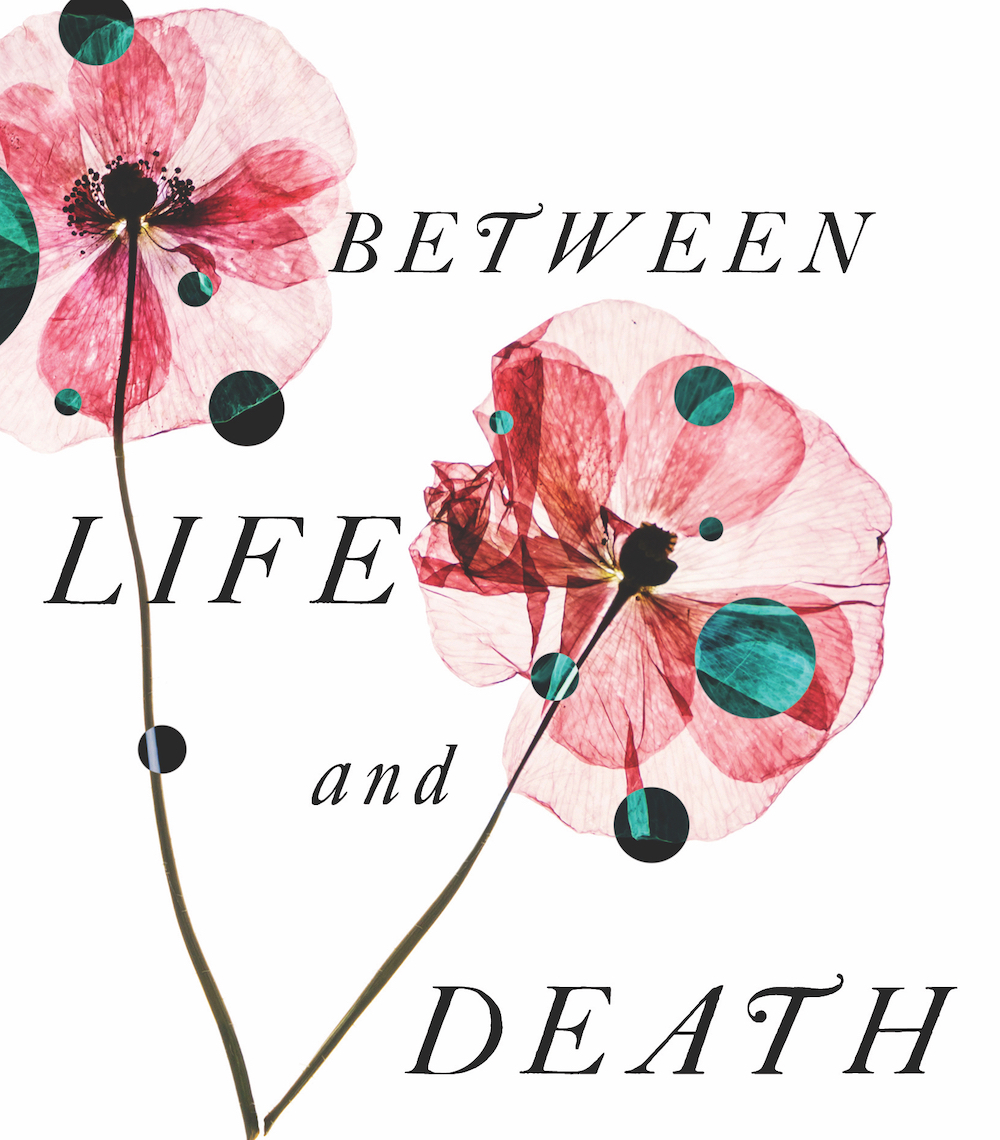In their indispensable book Reclaiming the Body, Joel Shuman and Brian Volck recall a course on literature and medicine taught to 4th-year medical students. Students were asked to describe how they hoped to die with essays, and the results were as follows:
Login to read more
Sign in or create a free account to access Subscriber-only content.
Topics:
